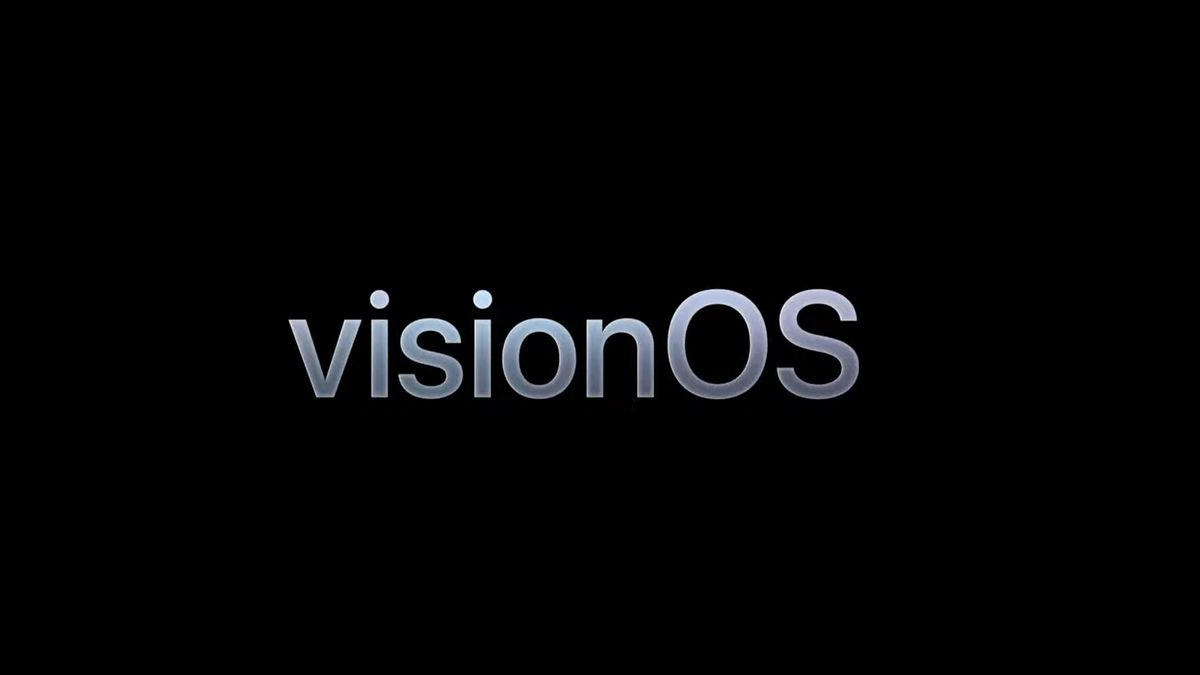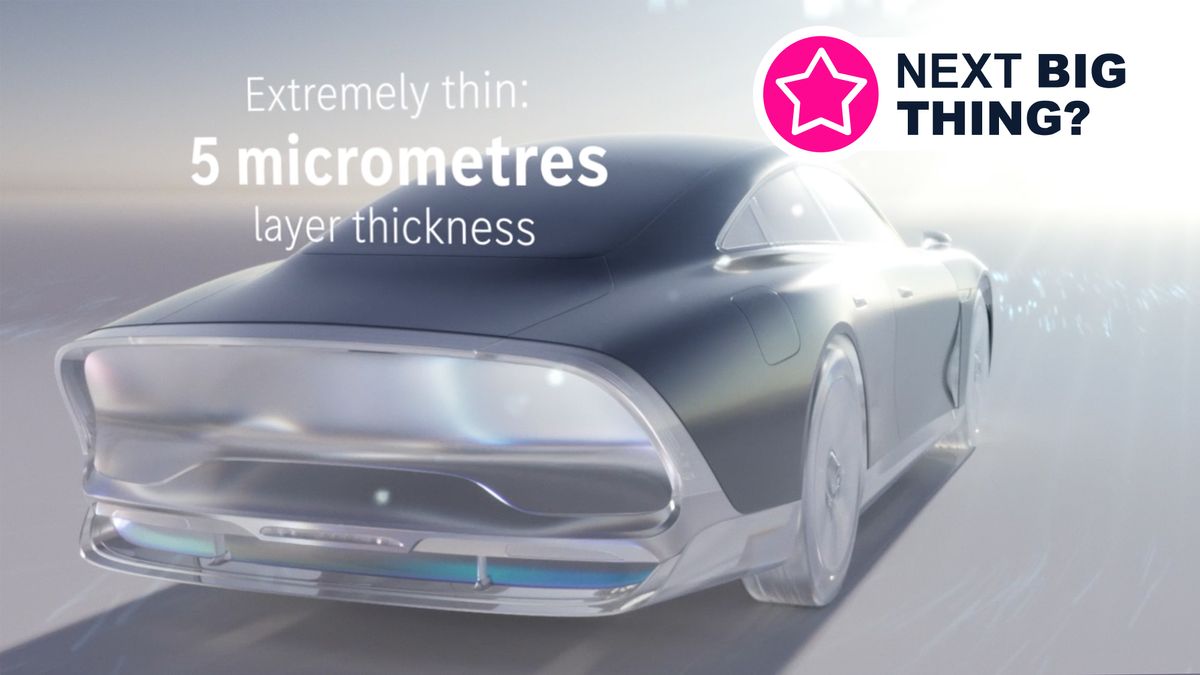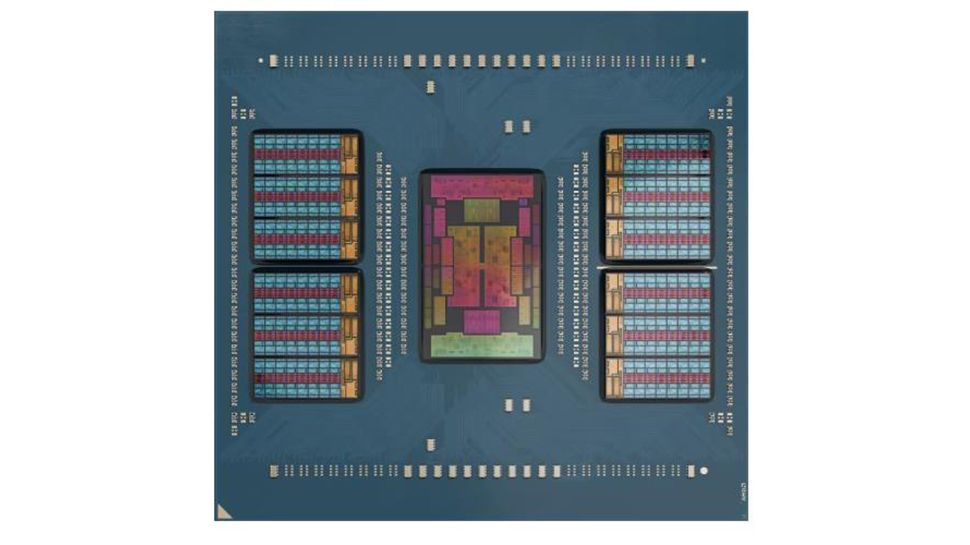After over Two years full of rumors and speculationApple finally unveiled its upcoming VR headset, the Vision Pro, this year WWDC 2023 Case. The Vision Pro is simply stunning, with features like outputting 4K resolution on any postage-stamp-sized display and creating a “digital personality” by simply scanning your face.
But as Mike Rockwell, vice president of Apple’s Technology Development Group, notes the announcement “none of [the] advanced technology could come to life without… visionOS.” It is described as the first operating system designed specifically for “spatial computing”.
visionOS is described as the first operating system specifically designed for spatial computing. And it’s built on the same building blocks as macOS and iOS, but with unique features to better enable virtual reality.
For example, visionOS has a foveated renderer, similar to the PSVR 2. It increases the visual fidelity of what a person sees while blurring everything in your peripheral vision.
Rockwell then goes on to describe the operating system’s “multi-app 3D engine,” which allows “concurrent execution of different apps.”
At work
As impressive (or lengthy) as that sounds, you might be wondering what the whole thing looks like?
In its simplest form, visionOS looks almost like any other virtual reality platform. In front of you, large windows float in space. If you turn your head you will see the switch tabs from which to proceed safari to news. And when you launch Vision Pro, you have a number of apps to choose from. Pretty simple thing.
The true splendor of visionOS lies in its individual use cases. You can send 3D image files via messages and view the model in any possible angle right in front of you. The system also reacts to the natural light around you, so the 3D objects have shadows that match the environment you’re in. It can help you understand both scale and distance. Pros can create their own setup for work by arranging apps the way they want.
Most of the control in visionOS is done with your hands, eyes and voice; However, users can connect Bluetooth peripherals like that Magic keyboard if they prefer a more physical interaction.
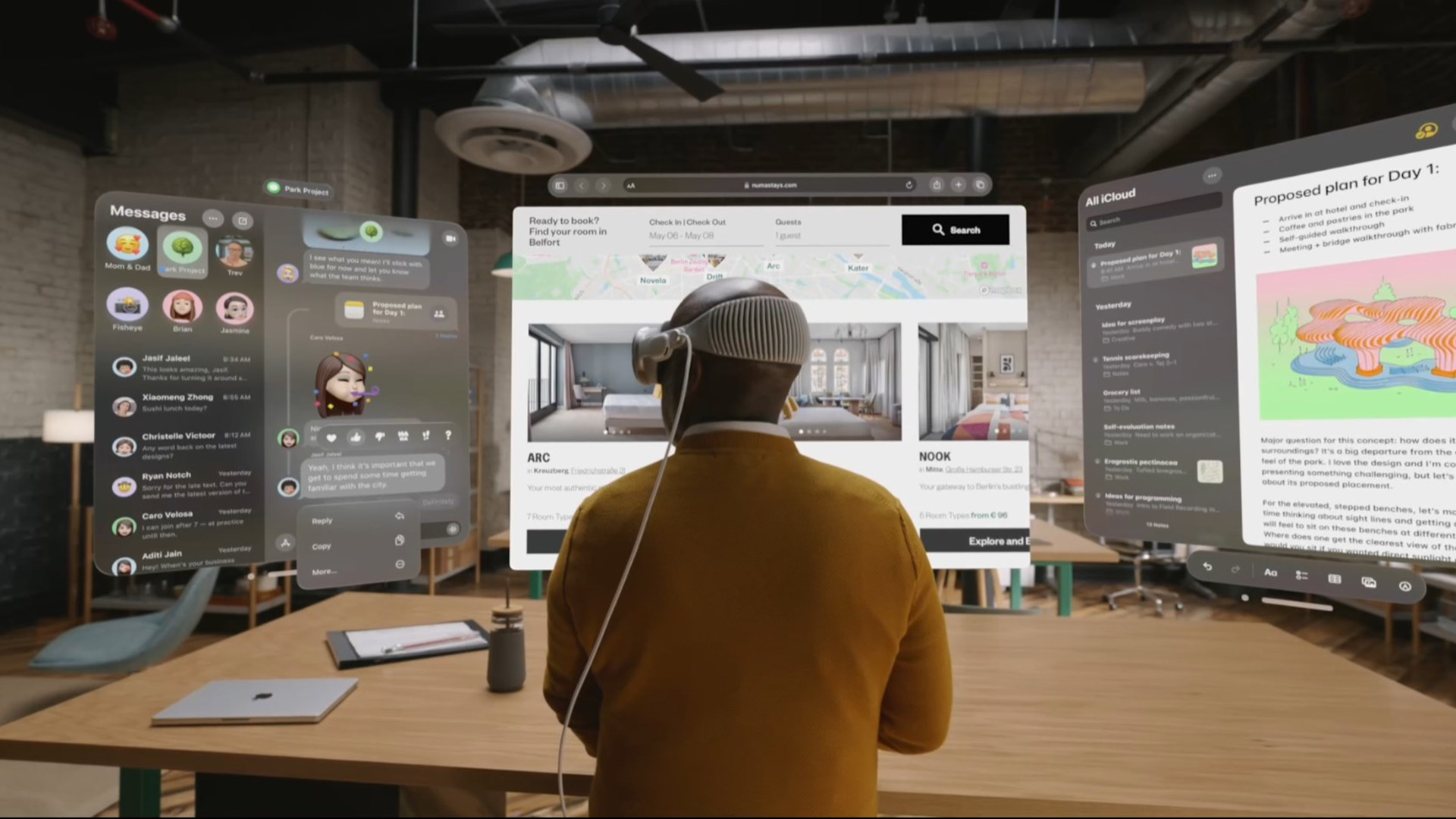
Beyond the first-party software, visionOS will also run third-party apps natively at launch. This includes things like Adobe Lightroom, Microsoft TeamsAnd zoom. It’s unknown if other apps like Photoshop will be available at release.
In addition, the operating system is set to run certain educational apps. What impressed us the most is medical software for viewing renderings of the human body. The announcement video features an exploded view of the human heart, complete with ventricles and the pulmonary artery. There’s a tech app that helps people visualize certain physical phenomena, such as air flowing over a race car.
On the surface, it sounds like Apple might be rolling out its own version of this Microsoft Hololens with all work-oriented tools. But it’s much more nuanced, as the tech giant goes all out by incorporating some impressive entertainment features.
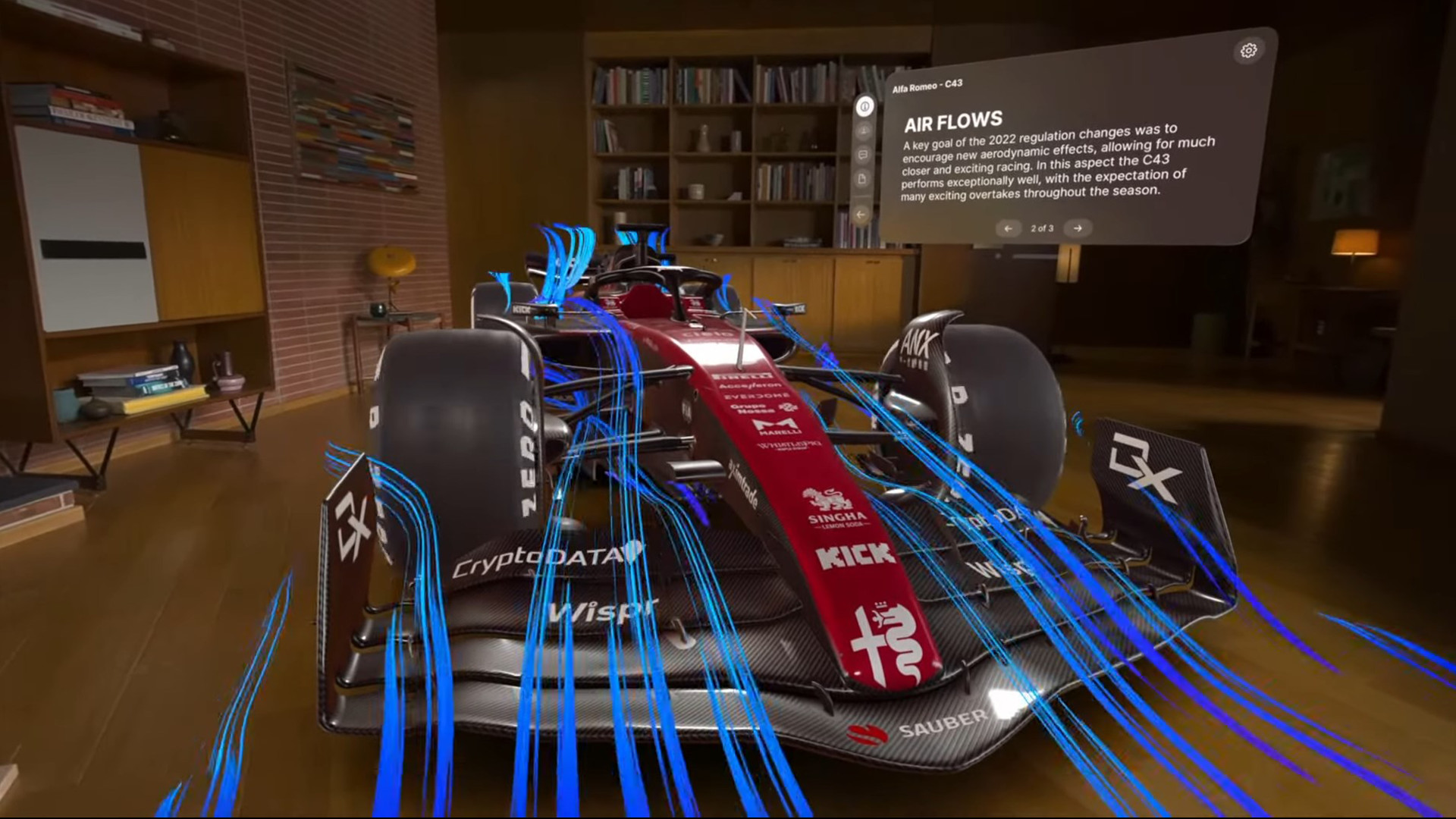
And at home
At launch, Disney Plus will be available through the Apple Arcade platform along with over 100 games. You can expand the VR screen to huge dimensions like you are in a movie theater. 3D movies are also supported if you want to watch them Avatar: The Way of Water As intended, the option exists. Users can make the screen float in their room, but if they want something more dynamic, the background can be replaced with a different environment like Deep Space or Mt. Hood in Oregon.
We wish Apple showcased more of the gaming side of things. We’ve seen that it’s possible to enlarge a game screen to give you a better view. Gamers don’t have to play with their hands as visionOS supports gamepads, namely that PS5 DualSense Controller. Hopefully support will be extended to other peripherals like the Nintendo Switch’s JoyCons as well.
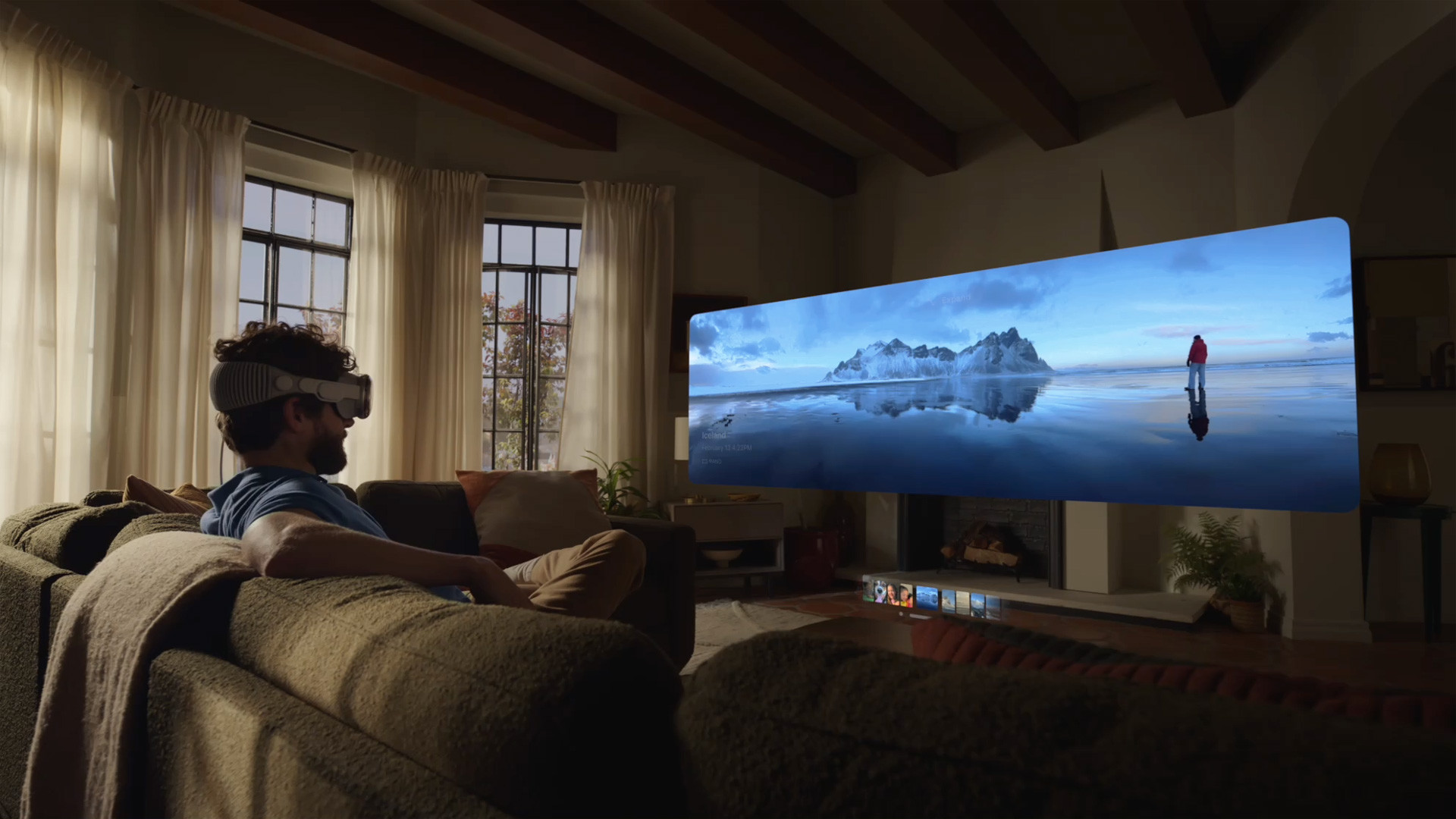
Apple didn’t offer many specific titles. If anything, the company seemed more interested in having its headset and operating system geared more toward delivering an experience than it being a true gaming computer. The keynote unveiled a Star Wars VR adventure where you fly through the universe The Mandalorian. However, there was no sign of a lightsaber duel or anything action-packed.
That’s pretty much all there is to know about visionOS, at least as far as the everyday user is concerned. The rest mainly concerns software development. At the end of the keynote, Apple announced that the operating system will support the Unity game engine. This could mean that the company paves the way for developers to create video games for visionOS. However, given Apple’s patchy history with video games, it remains to be seen if this will attract developers at all.
WWDC 2023 has recently come to an end and a lot has been showcased, from macOS Sonoma to a brand new Mac Pro. Be sure to stop by TechRadar’s coverage of the event.


